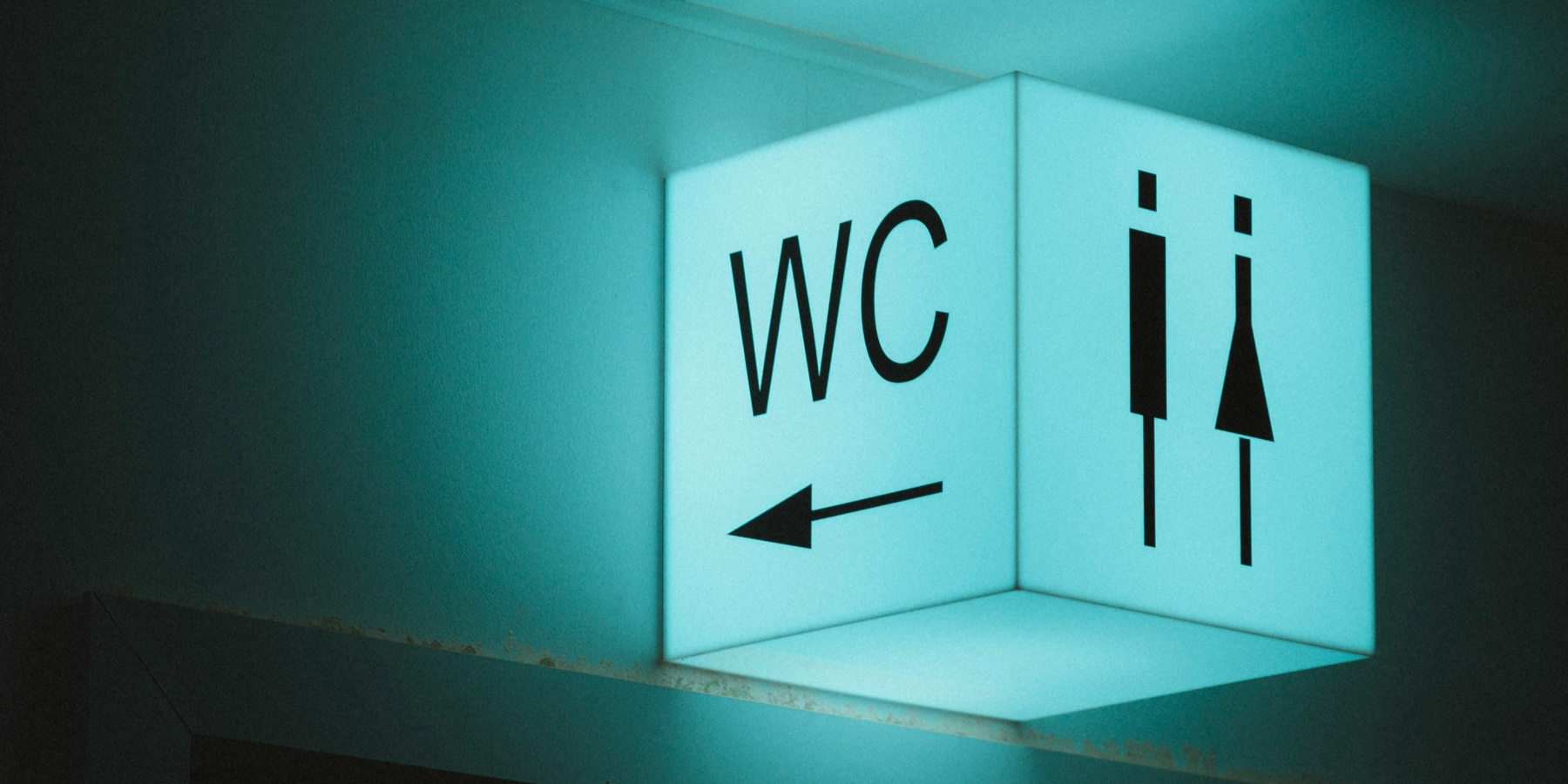Maintaining a clean and hygienic bathroom is essential for overall health and well-being. One often-overlooked aspect of bathroom cleanliness is the removal of limescale buildup in toilets.
Limescale, a common issue caused by hard water, not only affects the appearance of your toilet but can also pose health risks. In this article, we will explore why it is important to regularly clean and remove limescale from toilets to protect your health.
Limescale, also known as calcium carbonate deposits, forms when minerals in hard water accumulate over time. These deposits can create unsightly stains and scaling on the surface of the toilet bowl, making it appear dirty and unappealing. However, the aesthetic concerns are just the tip of the iceberg when it comes to the problems limescale can cause.
One of the most significant health risks associated with limescale in toilets is the promotion of bacterial growth. Limescale creates a rough and porous surface that provides an ideal environment for harmful bacteria, such as E. coli and Salmonella, to thrive. These bacteria can cause a range of gastrointestinal and urinary tract infections when they come into contact with humans.
Limescale buildup can also negatively impact the air quality within your bathroom. As the deposits accumulate, they can trap odors, making your bathroom smell unpleasant. Moreover, the microscopic particles released from limescale when disturbed can become airborne, potentially causing respiratory issues and allergies when inhaled.
Direct contact with limescale can lead to skin irritation. The rough texture of limescale can scratch the skin, causing discomfort and potential abrasions. People with sensitive skin may experience even more severe irritation.
Limescale buildup in toilets can also affect the quality of the water that enters your home. As minerals deposit in the toilet's pipes and tank, it can lead to blockages and affect water flow. This can reduce the efficiency of your plumbing system and result in contaminated water, potentially affecting other appliances and fixtures in your home.
Now that we understand the health risks associated with limescale buildup in toilets, it's crucial to take proactive steps to prevent these issues:
The most effective way to prevent limescale-related health risks is through regular cleaning. Use appropriate cleaning products and tools to remove limescale from the toilet bowl, tank, and other affected areas. Ensure that you clean the toilet at least once a week or more frequently if limescale buildup is severe.
Consider using descaling agents or vinegar-based solutions to dissolve limescale deposits. These products are specifically designed to break down mineral buildup and make it easier to clean the toilet.
If you live in an area with hard water, invest in a water softener system for your home. Softened water contains fewer minerals, reducing the formation of limescale in toilets and other plumbing fixtures.
Properly ventilate your bathroom to reduce humidity, as high humidity can exacerbate limescale formation. Use exhaust fans and open windows when possible to maintain lower moisture levels.
To clean and remove limescale from toilets is not just about aesthetics; it is vital for your health and well-being. The presence of limescale in your toilet can lead to bacterial growth, compromise air quality, irritate the skin, and affect water quality. By taking proactive measures to prevent limescale buildup and using appropriate cleaning techniques, you can ensure a healthier and safer bathroom environment for yourself and your family. Don't underestimate the importance of a clean toilet in maintaining overall health.


